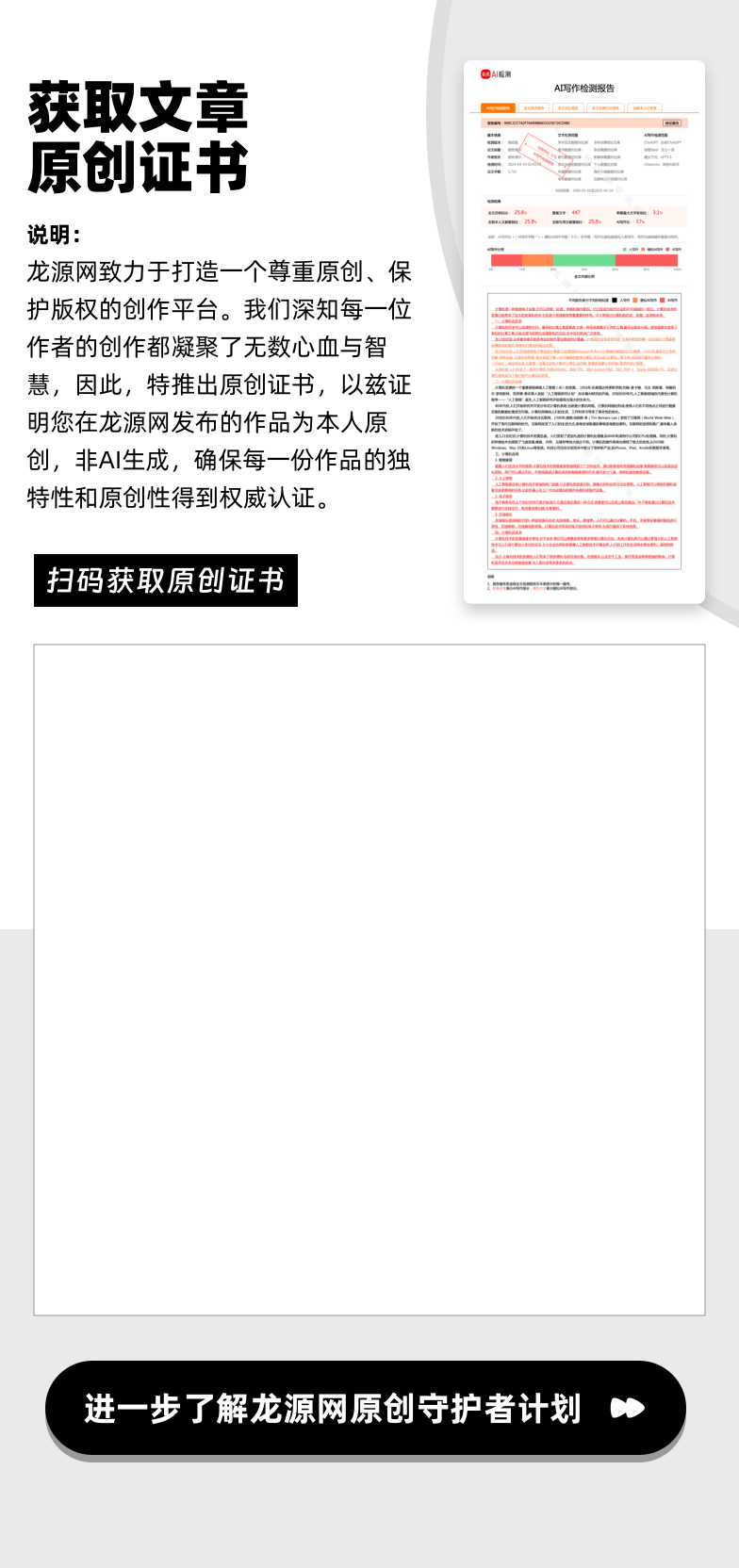
- 收藏
- 加入书签
读后续写中“动作链”的构建方法
高中英语新课标提出,学生要“能描述事件发生、发展的过程”,而一篇优秀的续写作文离不开动作描写。高考英语读后续写中,动作的准确使用对于构建生动描写、流畅的叙述、突显人物的性格特征非常重要,因此教师在平时的教学中要引导学生学习具体的动词,在学生有了动词积累之后进一步教学生使用“动作链(Verb Chains)”。在英语写作中,动词链是一种通过将多个动词连接在一起来表达复杂动作或状态的语法结构。在英语读后续写中动词链可以帮助学生生动、连贯地描述动作和事件,使描写具有画面感。具体做法如下:
一、用and连接多个并列谓语动词,通常按时间先后顺序排列。当多个谓语动词特别是当三个动词并列使用时,不仅可以紧密串联起动作,还能有效地构建紧张的气氛。
例如:
1.He stopped the taxi, hurried in and told the driver,“Go to the police station,
please.
2.She dashed forward, knelt down and gathered her son into her arms.
3. The singer glanced at the audience, took a deep breath and began to sing.
4. He put on his coat, stormed out and slammed the door behind him.
5. Dad rushed in, stood still, and then burst into laughter.
二、使用谓语和分词作状语描述多个动作,既能够表达多个同时发生或相互关联的动作,增加文本的复杂性和深度,也可以增加句子的多样性。
例如:
1. “Dad, sorry, it was such a mess.” Jack murmured, lowering his head in shame.
2. They were having a wonderful time, talking, eating and joking.
3. Having experienced so many failures, she finally picked herself up.
4. Encouraged by the teacher, Lucy raised her hand, whispering,“ I can answer it.”
5. Sometimes, a little act of kindness can make a difference, making the world
more beautiful and harmonious.
三、使用谓语动词和独立主格结构描述多个动作。独立主格结构是由“名词或代词+现在分词/过去分词/不定式/形容词短语/介词短语/副词短语”构成的一种独立结构,用来修饰谓语动词或整个句子。其位置比较灵活,放于句首句末均可。使用独立主格结构可以使语言更加丰富和灵活,使句子结构更加紧凑。
例如:
1.Her eyes glittering with excitement, mom suggested that we go camping this
weekend.
2.“Absolutely!” replied John, excitement shining in his eyes.
3. He couldn’t move, his mouth wide open with terror.
4. Her glasses broken, she couldn't see the words on the blackboard.
5. The game over, players left the field.
四、使用谓语动词和With的复合结构描述多个动作。With的复合结构通常由“with+名词+现在分词/过去分词/形容词/介词短语/副词短语”构成,它以简洁而生动的方式用来提供额外的信息或背景,描述故事的场景、人物的情感状态以及动作等。
例如:
1.With our hearts pounding with nervousness, we waited for the results of the
competition.
2.With her eyes fixed on the family album, she thought of the fun she had when she
lived with her grandparents.
3.With a lot of homework to do, he stayed up late.
4.The girl looked up with tears in her eyes.
5.His wife lay in bed with her face pale.
五、使用状语从句,学生可以清晰地表达动作链中各个动作之间的逻辑关系。尤其是时间状语从句的合理运用能帮助构建故事的时间框架,增加叙述的连贯性和流畅性力。
1. Before I could get in a word, he had measured me.
2. When the bell rang, he swiftly packed his bag, ready to leave the classroom.
3. After he had thought about the present situation for a while, Roy decided to
apologize to Jane .
4.Hardly had I responded when my sister dashed out.
5. The moment I saw my name in the winners list, my heart leaped with joy.
六、把动作与环境、人物心理、表情、语言进行结合起来从多角度进行描写刻画,从而把整个场景编制成一个饱满的动作面。
1. Frozen with fear, she stood rooted to the spot, not knowing how to deal with the situation.
2. She stared at the fire, the warmth of the fire reminding her of Granny, tears streaming down her cheeks unconsciously.
3. Seeing his mother’s response, he burst into anger. “Why are you so cold?” he shouted.
4. On the way to the farm, attractive scene came into view, and you can imagine how excited we were.
5. All the students in the class were writing their homework with no one making a sound. It was so quite that you could hear a pin drop.
教师可以指导学生用所上面列举的方法构建动作链并在写作练习中融会贯通,在写作中能生动形象描述故事的发展过程,从而有效提高学生故事续写的表达能力。






 京公网安备 11011302003690号
京公网安备 11011302003690号


